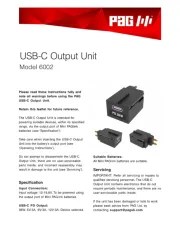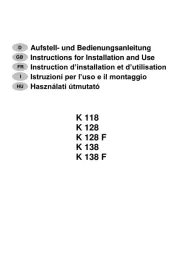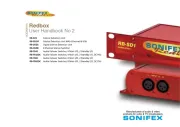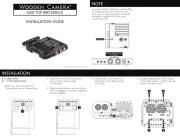Microchip EMC2303 Manual
Læs gratis den danske manual til Microchip EMC2303 (45 sider) i kategorien Ikke kategoriseret. Denne vejledning er vurderet som hjælpsom af 5 personer og har en gennemsnitlig bedømmelse på 4.0 stjerner ud af 3 anmeldelser.
Har du et spørgsmål om Microchip EMC2303, eller vil du spørge andre brugere om produktet?

Produkt Specifikationer
| Mærke: | Microchip |
| Kategori: | Ikke kategoriseret |
| Model: | EMC2303 |
Har du brug for hjælp?
Hvis du har brug for hjælp til Microchip EMC2303 stil et spørgsmål nedenfor, og andre brugere vil svare dig
Ikke kategoriseret Microchip Manualer


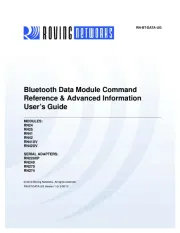
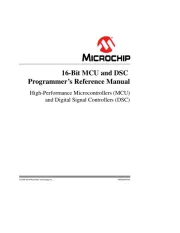

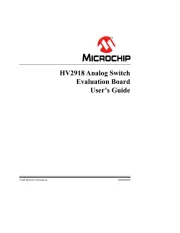
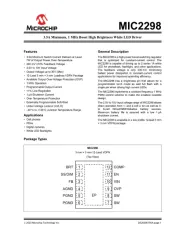
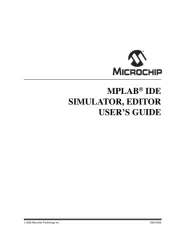

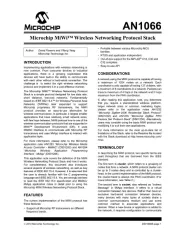
Ikke kategoriseret Manualer
- 3M
- Waltec
- Greemotion
- CaterCool
- Nordic Play
- Wetelux
- ARRI
- Hestan
- Eonon
- Atoll
- Graphite
- Digitalinx
- Cadco
- Angler
- Core SWX
Nyeste Ikke kategoriseret Manualer
